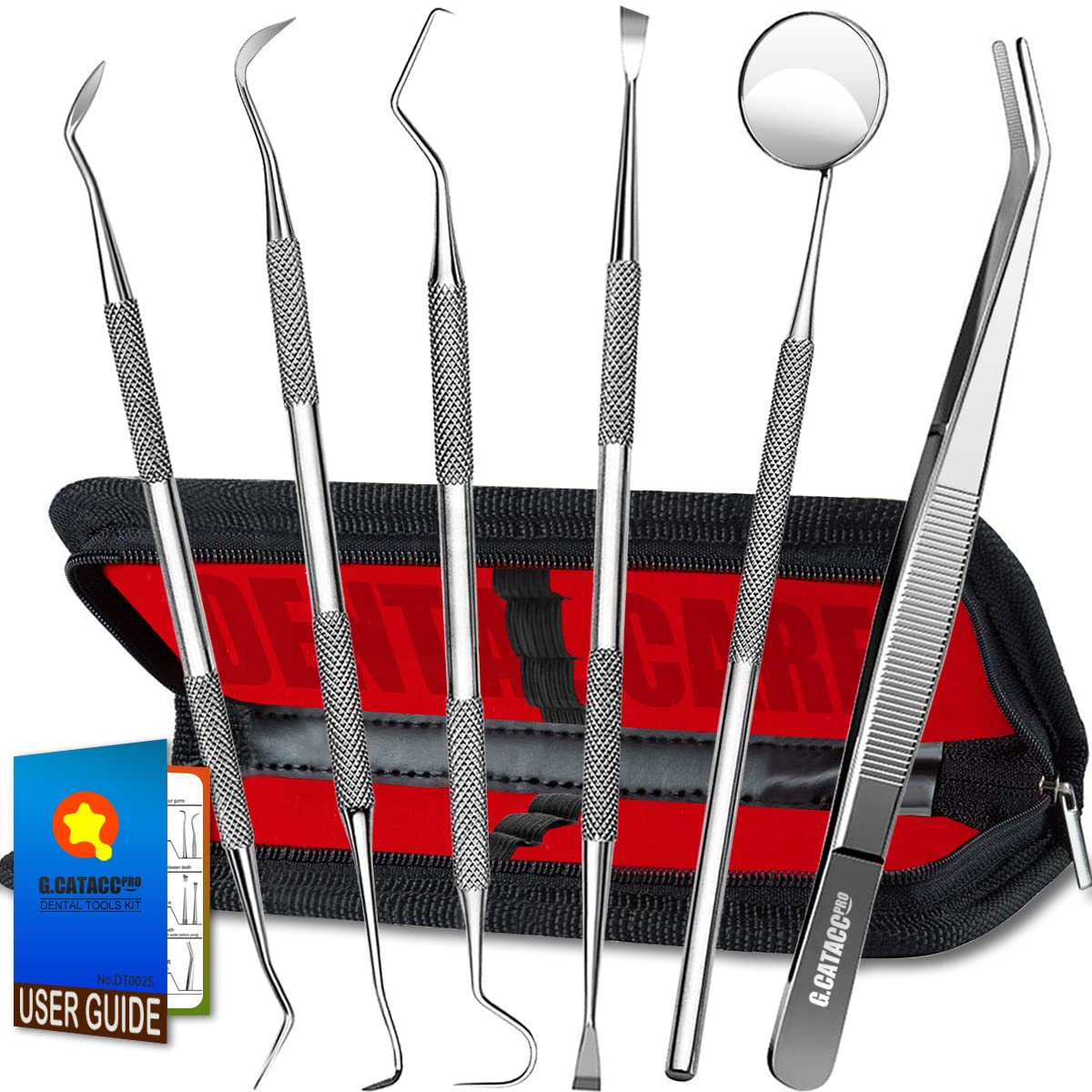Dentist Teeth Cleaning Tools

When it comes to maintaining good oral health, regular teeth cleaning is an essential part of the process. Dentists use a variety of specialized tools to remove plaque, tartar, and stains from teeth, both above and below the gum line. These tools are designed to be comfortable for patients while also being effective in preventing oral diseases. In this article, we’ll delve into the world of dentist teeth cleaning tools, exploring their types, functions, and the importance of regular teeth cleaning.
Ultrasonic Scaling Devices
One of the most common tools used in teeth cleaning is the ultrasonic scaling device. This device uses high-frequency vibrations to remove tartar and plaque from teeth both above and below the gum line. The device includes a tip that is placed on the teeth, and water is used to cool the area and flush away debris. Ultrasonic scalers are highly effective and can be adjusted to different settings to accommodate the sensitivity of the patient.
Hand Scaling Instruments
Before the advent of ultrasonic scaling devices, hand scaling instruments were the primary tools used for teeth cleaning. These instruments, which include scaler and curette tools, are still used today for more precise work, especially in areas that are difficult for ultrasonic devices to reach. Hand scaling requires great skill and is often used in conjunction with ultrasonic scaling for a thorough cleaning.
Prophylaxis Angles and Cups
Prophylaxis angles and cups are used in conjunction with ultrasonic and hand scaling devices to effectively clean teeth. Prophylaxis angles are used to adjust the direction of the ultrasonic scaler tip to best fit the anatomy of the patient’s mouth, ensuring all areas are reached. Prophylaxis cups, on the other hand, are used with the ultrasonic device to polish the teeth after scaling, removing any remaining stains and leaving the teeth smooth.
Air-Polishing Devices
Air-polishing devices are another tool used in the teeth cleaning process. These devices use a stream of pressurized air, water, and abrasive powder to remove plaque, stains, and tartar from the surface of the teeth. Air polishing is especially effective for removing stubborn stains and can be used as an alternative or in addition to traditional scaling and polishing methods.
Laser Cleaning Devices
Laser cleaning devices represent a more modern approach to teeth cleaning. Dental lasers can be used to remove tartar and plaque, kill bacteria, and even reshape the gum tissue. The use of lasers in dentistry offers precision and can reduce healing time and discomfort. However, the use of laser cleaning devices may not be as widespread due to the cost and the need for specialized training.
Importance of Regular Teeth Cleaning
Regular teeth cleaning, regardless of the tools used, is vital for maintaining good oral health. The removal of plaque and tartar helps prevent the formation of cavities and reduces the risk of gum disease. Gum disease, if left untreated, can lead to more severe conditions, including periodontitis, which can cause loss of teeth. Regular cleaning also helps in the early detection of oral health problems, allowing for timely intervention.
Choosing the Right Tools for the Job
The choice of tools used in teeth cleaning depends on several factors, including the patient’s oral health status, the extent of tartar and plaque buildup, and any sensitivity or discomfort the patient may experience. Dentists must assess each patient’s needs and select the most appropriate tools and techniques for an effective yet comfortable cleaning experience.
Future of Dentist Teeth Cleaning Tools
The future of dentist teeth cleaning tools looks promising, with ongoing research and development aimed at creating more efficient, less invasive, and more patient-friendly technologies. Advances in materials science and technology are expected to yield tools that are more effective at removing plaque and tartar while minimizing discomfort and promoting healing.
Conclusion
Dentist teeth cleaning tools are an essential part of dental care, designed to remove plaque, tartar, and stains, thereby preventing oral diseases. From ultrasonic scaling devices and hand scaling instruments to air-polishing devices and laser cleaning tools, each has its role in maintaining good oral health. The choice of tool depends on the patient’s specific needs, and ongoing advancements in technology promise even more effective and comfortable teeth cleaning experiences in the future.
How often should I get my teeth professionally cleaned?
+It is generally recommended to have your teeth professionally cleaned every six months. However, the frequency may vary depending on your oral health status and risk factors for oral diseases. Your dentist can provide a personalized recommendation based on your specific needs.
What is the difference between ultrasonic and hand scaling?
+Ultrasonic scaling uses high-frequency vibrations and water to remove tartar and plaque, while hand scaling involves the use of manual instruments to remove these deposits. Ultrasonic scaling is often preferred for its efficiency and comfort but may not be suitable for all areas of the mouth or all patients, in which case hand scaling is used.
Are there any risks associated with teeth cleaning?
+While teeth cleaning is a safe procedure, there are potential risks and side effects, including sensitivity, bleeding gums, and infection. However, these are rare and usually temporary. It's essential to discuss any concerns or health conditions with your dentist before the procedure.
In conclusion, the array of dentist teeth cleaning tools available today underscores the importance of oral health and the ongoing quest for more effective and comfortable cleaning methods. As dental technology continues to advance, we can expect even more sophisticated tools to emerge, further enhancing the teeth cleaning experience and outcomes for patients worldwide.

